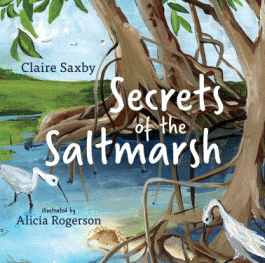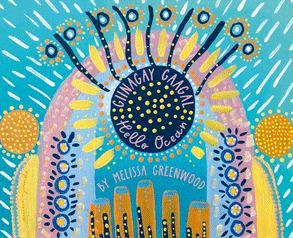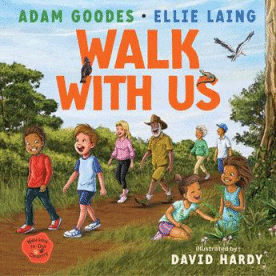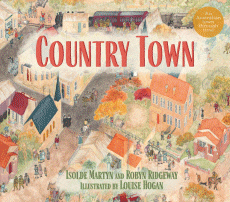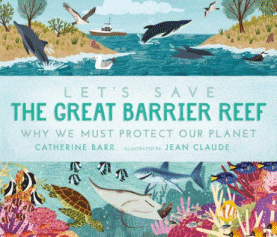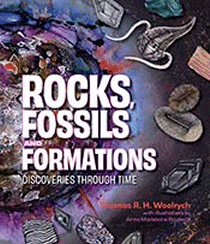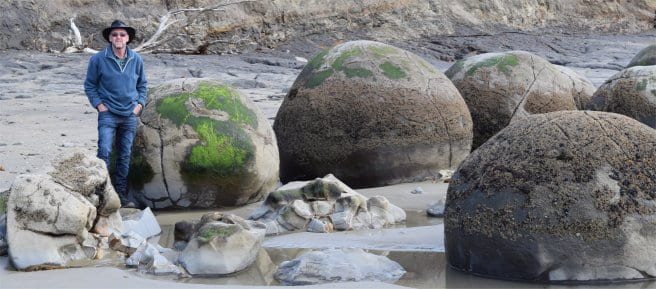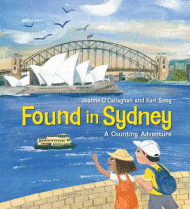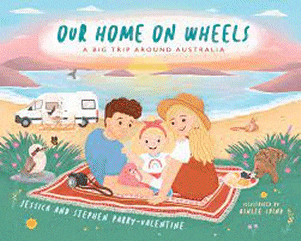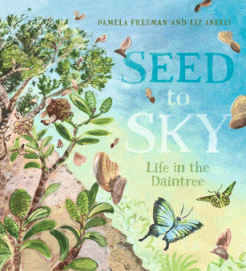
Seed to Sky
Seed to Sky
Pamela Freeman
Liz Anelli
Walker Books, 2024
32pp., hbk., RRP $A26.99
9781760653750
Come to the oldest forest on Earth,…
On the oldest continent…
Where the oldest trees reach high into the sky…
And begin a journey into 00 years ago, before European settlement and the Daintree Rainforest was much larger and very different to what it is now.
In this latest on the brilliant Nature Storybooks series, which combines lyrical text with factual information amidst stunning real-life illustrations, the reader is taken on an exploration of how a seed becomes a sapling over hundreds of years and is introduced to the diversity and generations of insects, butterflies, bird, lizards, snakes and an abundance of native wildlife that will bear witness to the rise of the magnificent Bull Kauri pine…
Australia is a continent of diverse landscapes and landshapes, each with its unique flora and fauna and while the extensive teachers’ notes will lead you through an investigation of the Daintree itself, they could also serve as a model for investigating a similar situation in the students’ environment. What vegetation is indigenous to the local area and what creatures might have witnessed its development?
When it comes to narrative non fiction that engages as it explains, this series is one of the benchmarks and this addition is no different.
